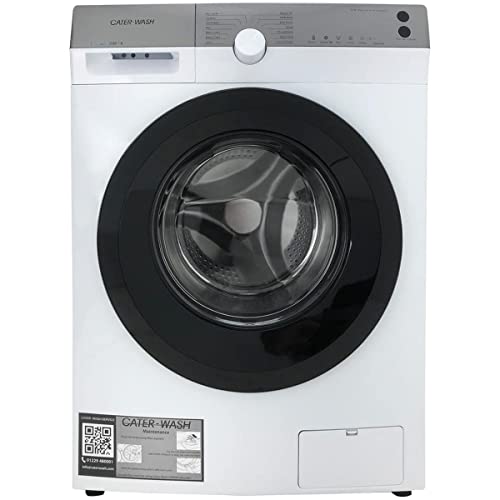The 10 Most Terrifying Things About 10kg Front Loader
Why Buy a 10kg Front Loader? The 10kg front-loader is perfect for large loads of laundry, with 13 wash programs including handwash as well as plenty of space for large wash cycles. It's a clever machine that comes with advanced features. Front loaders typically take longer to wash, aren't available in larger capacities, and frequently be affected by mildew and mould. But they are more energy and water efficient than top loaders. Energy The main energy expense in a front loader of 10kg is electricity to heat water to operating temperature and for running the motor. These costs can be offset with less energy usage in operation when as compared to top-loaders, with less power used during the agitation cycle as well as during spin, as well as less water. Certain machines have low-water cycles that consume less water than the cotton cycle. This saves both energy and water. In general, front-loading washers consume less soap than top-loaders. The drum's tumbling action also reduces foamy suds and also reduces overflows, but without affecting the cleaning. However the door seals and bellows are more susceptible to wear than those found in top-loaders. Additionally, a top-loader's mechanical agitator can cause considerable wear and abrasion to clothes, since it presses clothes against one other with paddles that are constantly dropping and dragging them through the wash. The degree of abrasion can be measured by the amount of fabric that accumulates in a clothes dryer's lint filter, since the majority of lint is fragments of fibers that are ripped from clothes during drying and washing. Many top-loaders are designed to run at slower speeds and may include a “freshening cycle” to clean the bellows or mechanical gears regularly. Water  Top-load washers need an impeller or agitator to force water and detergent through clothes, which creates mechanical wear and abrasion. By contrast, front-loaders use paddles that gently lift and drop clothing into a rotating drum for cleaning, which reduces wear. The rate of wear can be roughly estimated by the amount of lint accumulated in dryer lint filtering systems, which is mostly composed of threads that are stray from clothes during drying and washing. Because front-load machines require a lower level of water than top-loaders which means they are less prone to leakage. washer machine 10kg -loaders will require a bellows seal or seal to keep water from getting out of the door during operation, however they do not typically require maintenance as regularly as their counterparts on top-loaders. Front-loaders are less energy-intensive than top-loaders since they can use hot or cold water and some do so without a heating source. This efficiency can lower the cost of operating the same laundry load, particularly in areas where water, detergent and energy are costly.
Top-load washers need an impeller or agitator to force water and detergent through clothes, which creates mechanical wear and abrasion. By contrast, front-loaders use paddles that gently lift and drop clothing into a rotating drum for cleaning, which reduces wear. The rate of wear can be roughly estimated by the amount of lint accumulated in dryer lint filtering systems, which is mostly composed of threads that are stray from clothes during drying and washing. Because front-load machines require a lower level of water than top-loaders which means they are less prone to leakage. washer machine 10kg -loaders will require a bellows seal or seal to keep water from getting out of the door during operation, however they do not typically require maintenance as regularly as their counterparts on top-loaders. Front-loaders are less energy-intensive than top-loaders since they can use hot or cold water and some do so without a heating source. This efficiency can lower the cost of operating the same laundry load, particularly in areas where water, detergent and energy are costly.